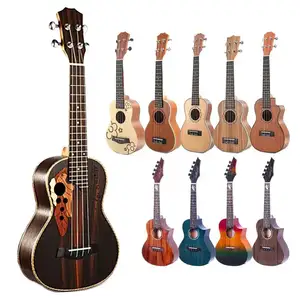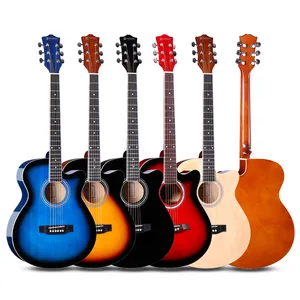Giới thiệu về nhạc cụ banjo
Alibaba.com cung cấp các sản phẩm 819 nhạc cụ banjo. Có rất nhiều nhạc cụ banjo lựa chọn dành cho bạn, chẳng hạn như maple, gỗ hồng mộc, và basswood. Bạn cũng có thể chọn từ thép, pvc, và polyester nhạc cụ banjo. Cũng như từ 3, 5, và 6 nhạc cụ banjo.Và bất kể nhạc cụ banjo là gỗ, đen, hay trắng.














